“I think people think that because blind people can’t see, we don’t know birds. But they’re the nearest part of nature,” says poet Susan Glass.
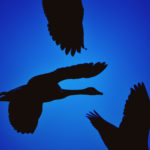
Sign up for our free weekly newsletter and understand everything better!

“I think people think that because blind people can’t see, we don’t know birds. But they’re the nearest part of nature,” says poet Susan Glass.
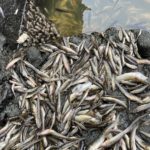
Heterosigma akashiwo can photosynthesize like a plant and wiggle like an animal, and it’s here to stay — but it’s still something of an enigma.
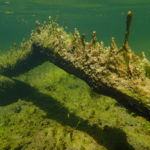
Harmful algal blooms are increasing in incidence, duration, and toxicity statewide and so are their health impacts on humans, domestic animals, and wildlife.
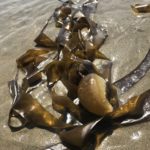
For two years, scientists at UC Davis have been modeling a “Field of Dreams” hypothesis about bull kelp to understand what approaches could best help the recovery of the kelp forest ecosystem in Northern California.
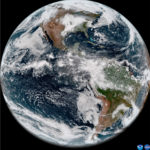
Nine of the 20 largest wildfires in California in the last 110 years were started by lightning strikes, including the devastating Lightning Complex fires in August 2020 that burned more than 750,000 acres in and around the Bay Area. Between … Read more
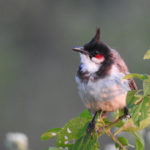
What place does a bird away from home hold in San Francisco?
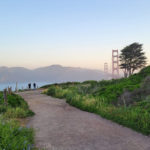
Behind the scenes of a frenetic, 13-hour birding challenge.
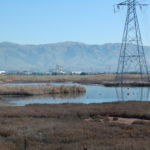
As the California Supreme Court wrote, “CEQA does not require an agency to consider the impact of existing conditions on future project users.”
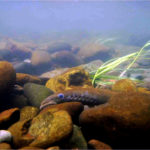
Cape Horn is a concrete and earth-filled dam on the upper Eel River in Mendocino County. About 140 miles north of San Francisco, the dam was built in 1907 and blocks the waters of the Eel to form the Van … Read more
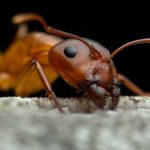
The Argentine ant is likely the most successful invasive species in California. But a 30-year dataset from Jasper Ridge Biological Preserve suggests they’re not invincible.